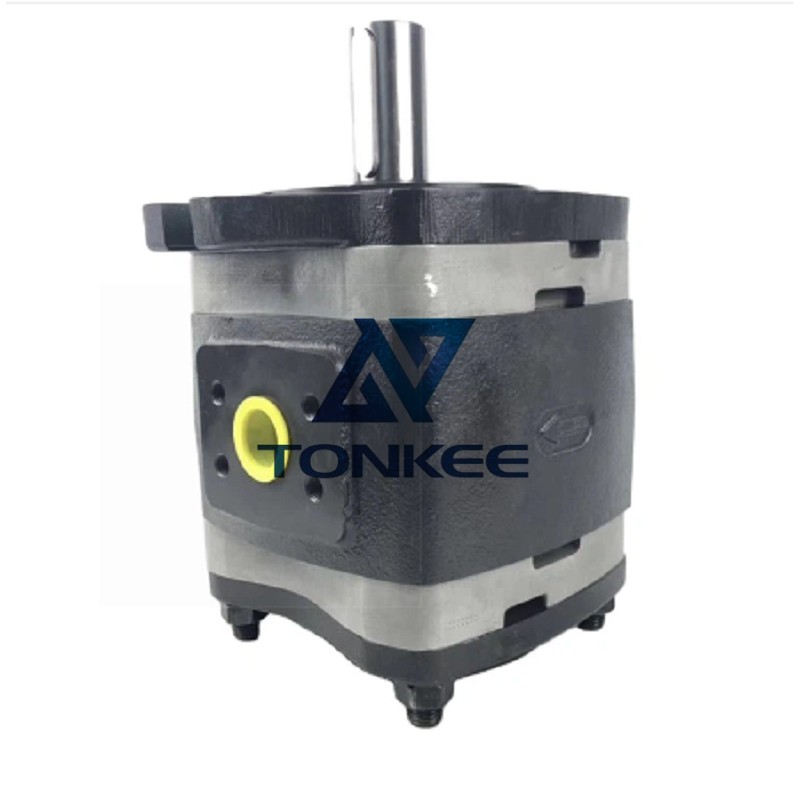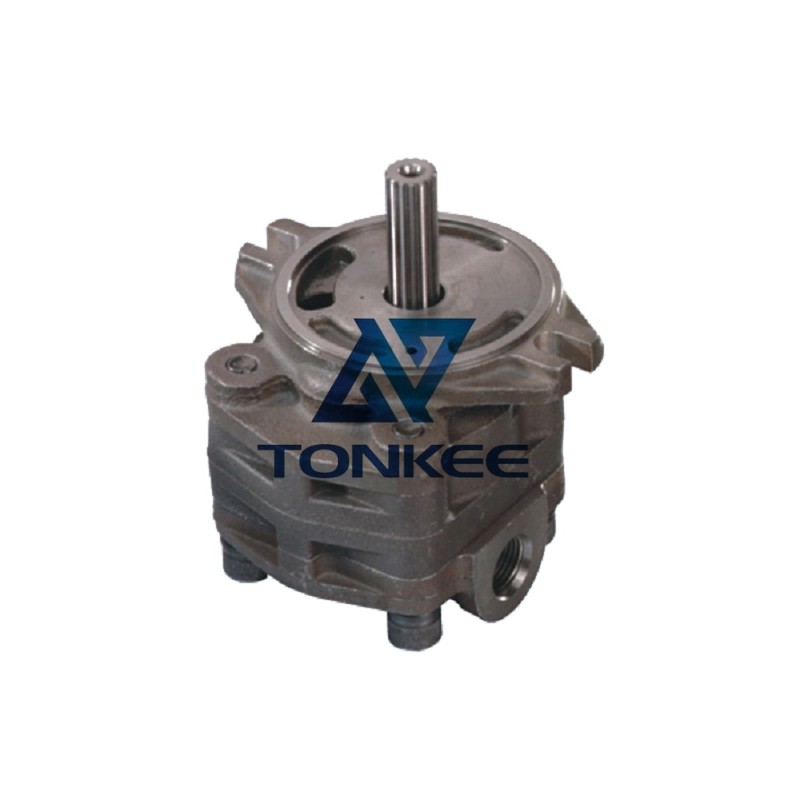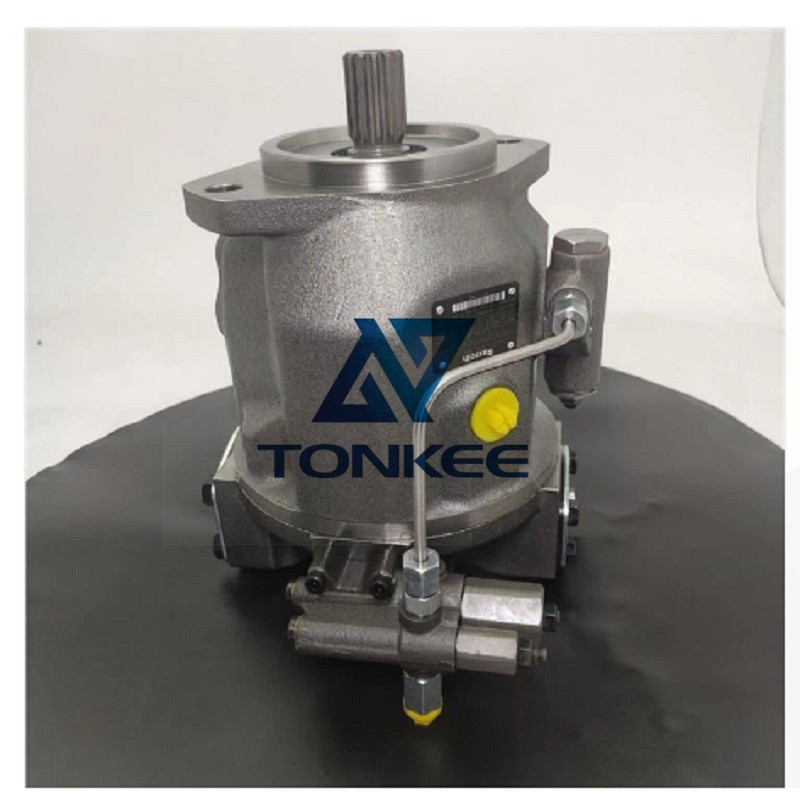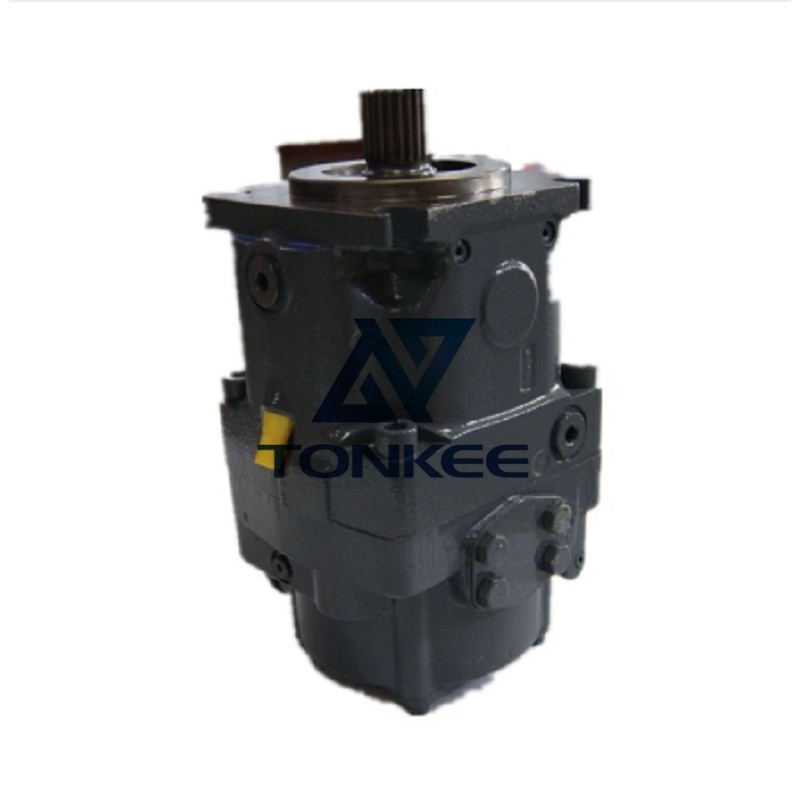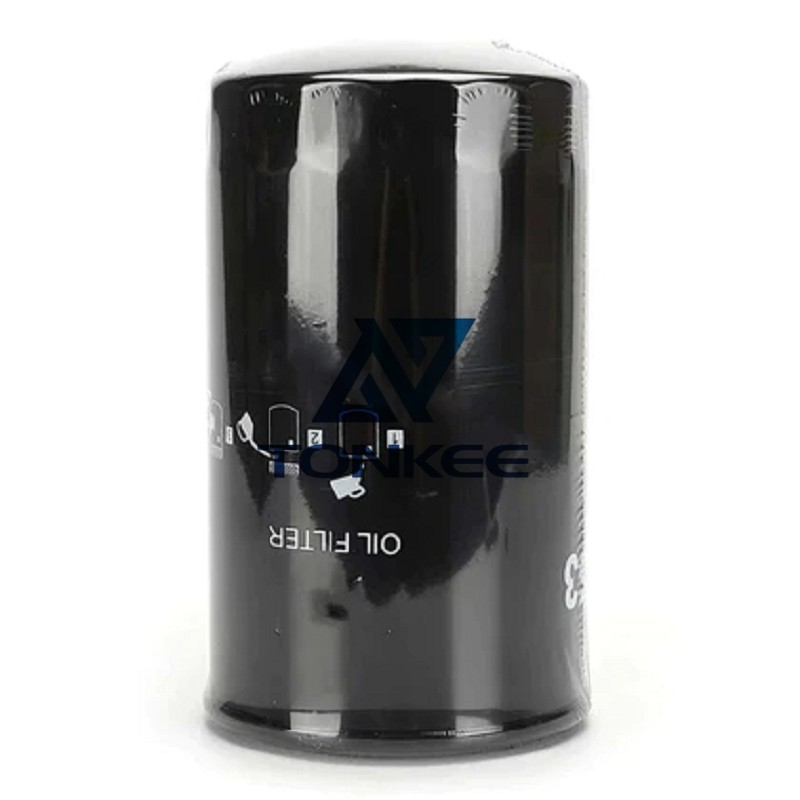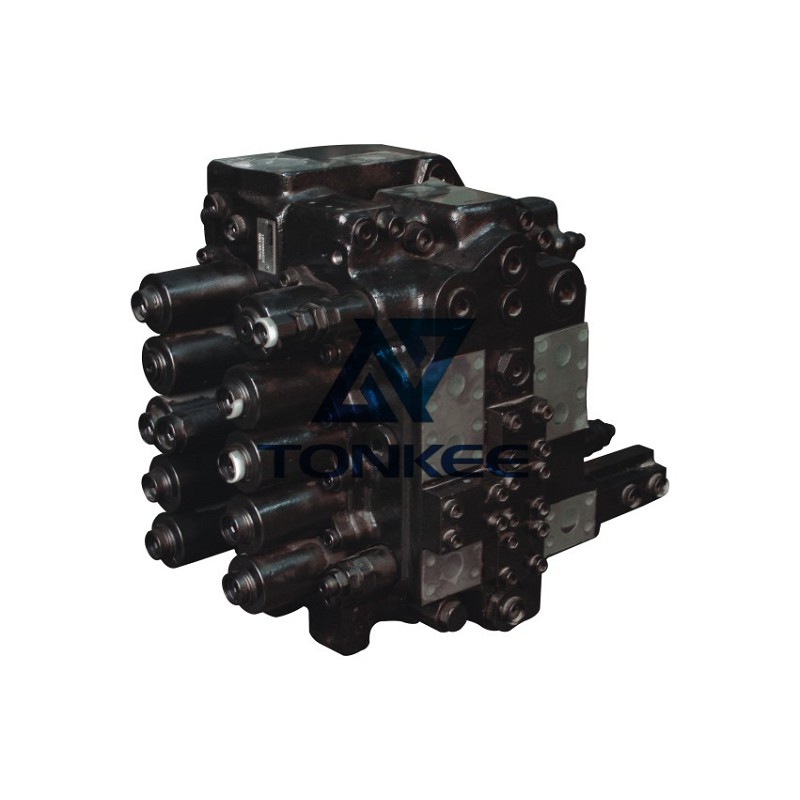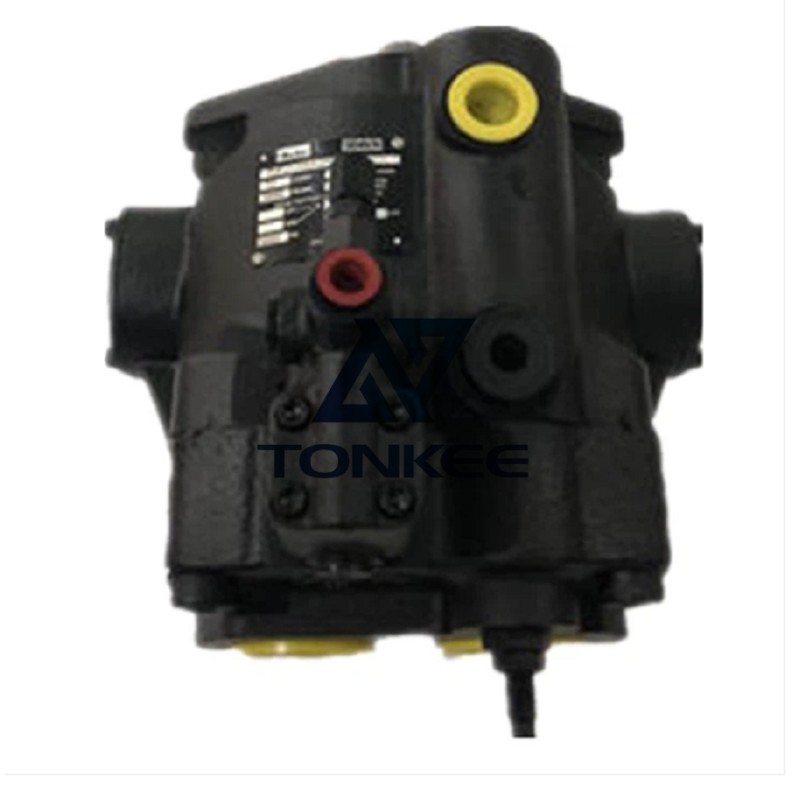
The A10VSO10 pump is designed to deliver high-pressure hydraulic fluid for demanding applications.
It operates using a variable displacement axial piston design, which allows for precise control over the flow rate and pressure output. With a nominal pressure of 280 bar and a maximum pressure of 350 bar, this pump is capable of handling heavy-duty tasks with ease.
One of the standout features of the A10VSO10 pump is its wide displacement range. It offers seven different displacement options: 18, 28, 45, 71, 74, 100, and 140 cc/rev. This broad range enables the pump to cater to various system requirements, providing flexibility in hydraulic system design.
The pump incorporates advanced hydraulic technologies to ensure efficient and reliable performance. It utilizes a swashplate design with an optimized angle to maximize volumetric efficiency. This results in reduced energy consumption, improved overall system efficiency, and lower operating costs.
The A10VSO10 pump also features a compact and robust construction, making it suitable for applications with space constraints or harsh operating conditions. The pump body is made of high-quality materials that offer excellent durability and resistance to wear, ensuring a long service life even in demanding environments.
Furthermore, the pump offers a range of control options to suit different application needs.
It can be operated via a pressure compensator control, electric proportional control, or through a variety of hydraulic control options. This versatility allows for precise control of the pump's output to match the requirements of the hydraulic system.
The A10VSO10 pump is designed for easy maintenance and serviceability. It incorporates a modular design, making it easy to disassemble and reassemble for inspection or repair. Additionally, the pump's components are readily accessible, simplifying maintenance tasks and reducing downtime.
In terms of noise and vibration levels, the A10VSO10 pump is engineered to minimize both. Special design features and manufacturing techniques help reduce noise emissions, ensuring a quieter working environment. The reduced vibration levels contribute to smoother operation and enhanced overall system performance.



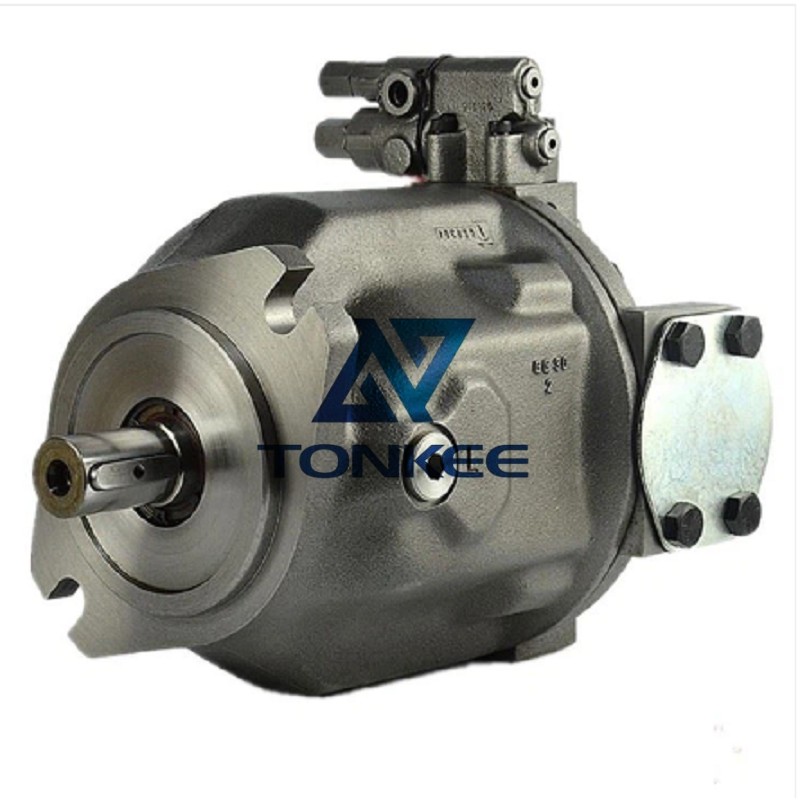

 English
English Русский язык
Русский язык


